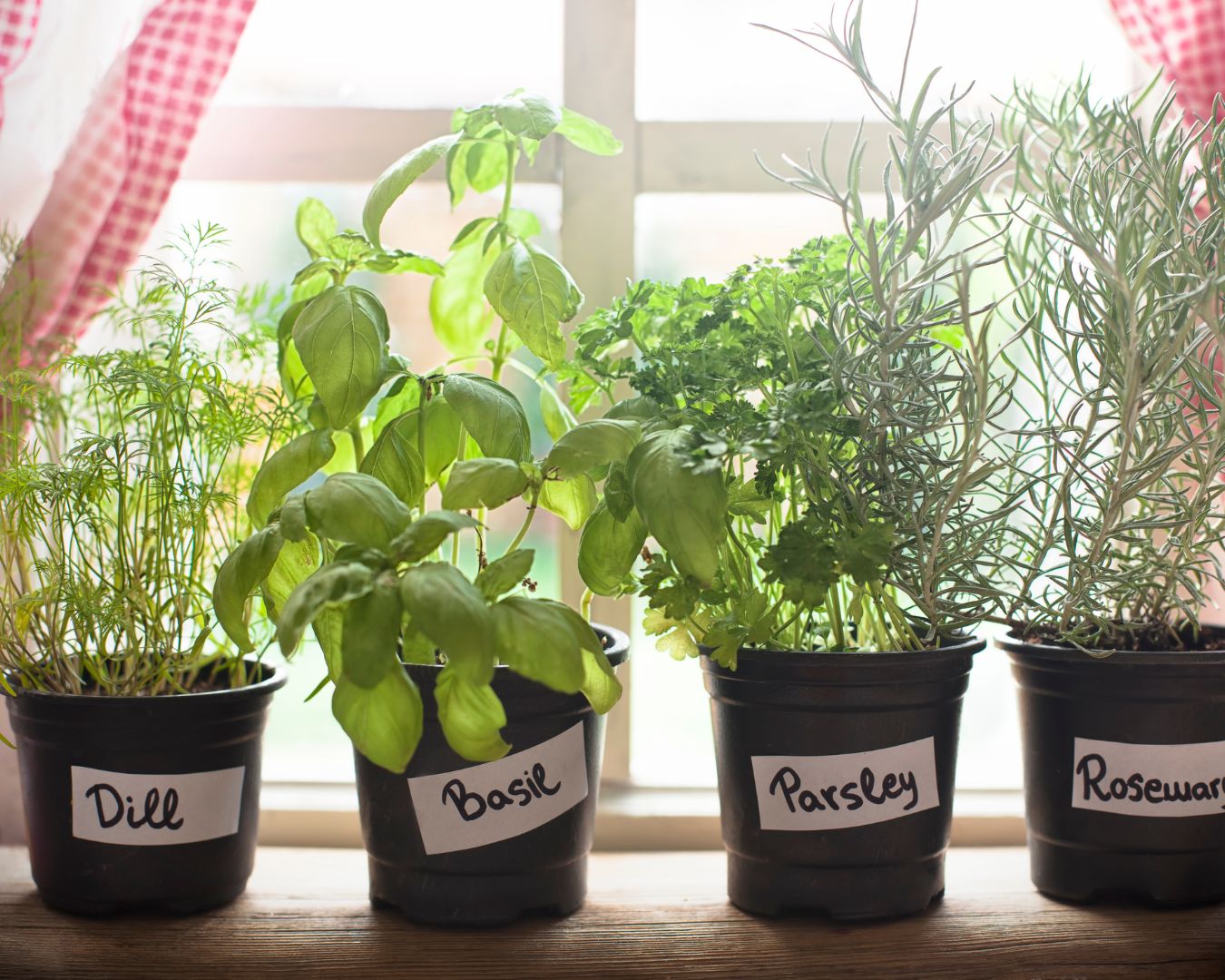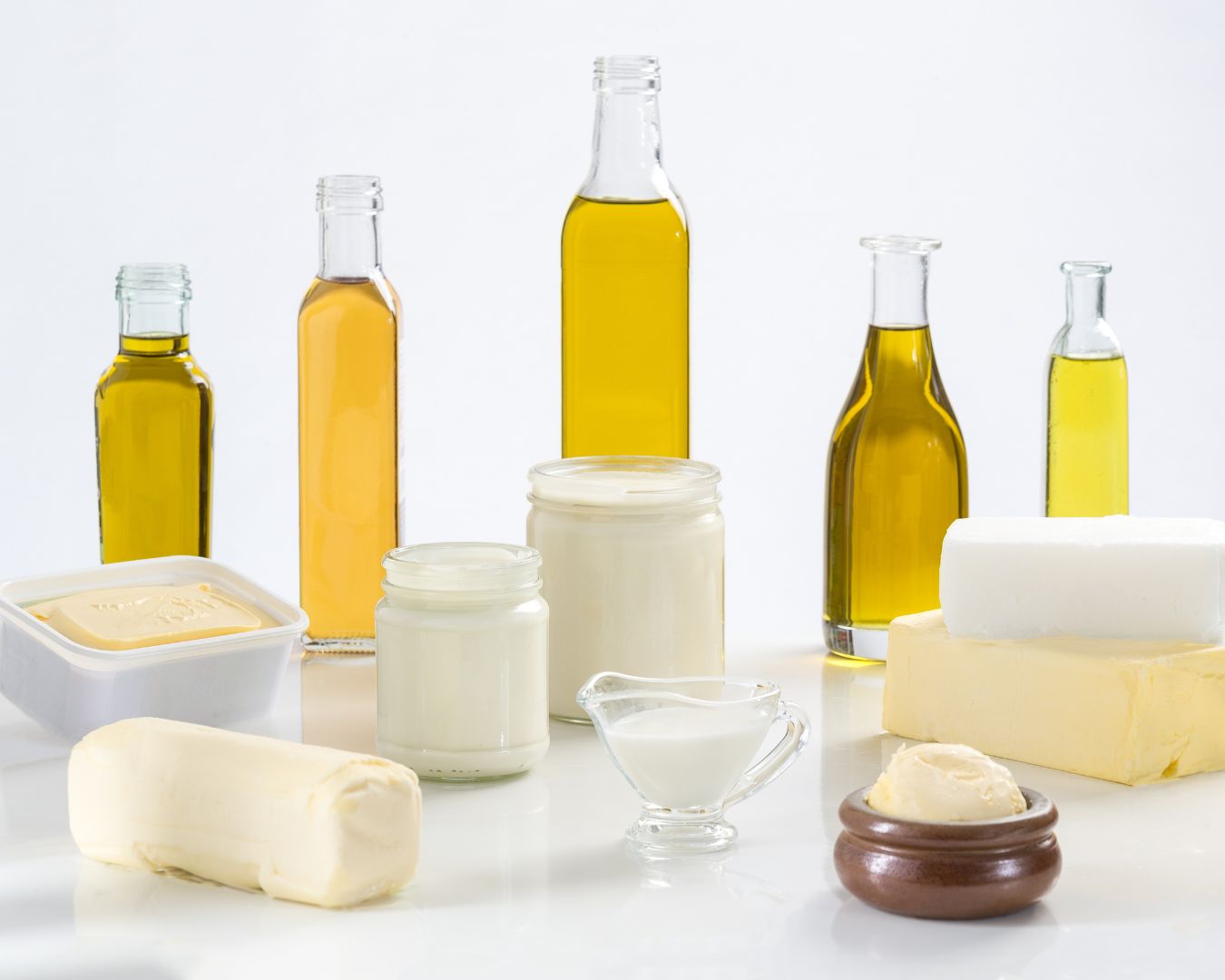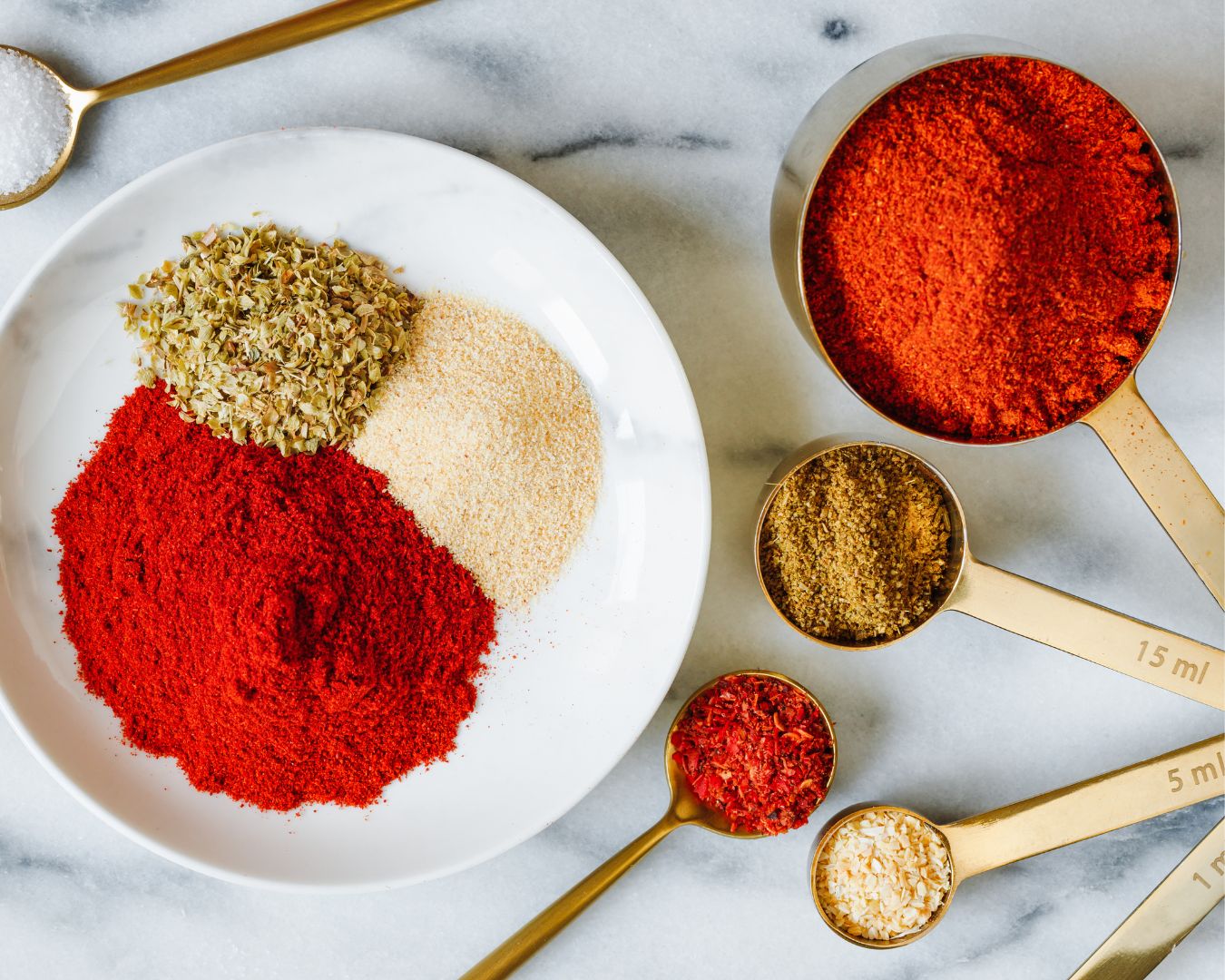Fresh herbs are a wonderful addition to any kitchen, bringing vibrant flavors, aromas, and nutrients to your cooking. Growing your own herbs not only saves money but also ensures that you have a steady supply of fresh, pesticide-free herbs at your fingertips. Additionally, preserving them ensures you can enjoy their flavors year-round. This guide will walk you through the basics of growing and preserving fresh herbs in your kitchen. Growing Fresh Herbs Indoors Growing herbs indoors is simple and rewarding. With just a few pots, some good-quality soil, and proper light, you can create a mini herb garden right in your kitchen. 1. Choosing the Right Herbs Not all herbs grow equally well indoors, but there are several that thrive in pots and limited space. Some of the best herbs to grow indoors include: These herbs are versatile and can be used in a variety of dishes, from salads and soups to sauces and marinades. 2. Selecting the Right Containers Herbs can grow well in small pots or containers with proper drainage. It’s important to ensure your pots have drainage holes to prevent waterlogging, which can lead to root rot. 3. Soil and Watering Needs Herbs generally prefer well-draining potting soil that doesn’t retain too much moisture. A light potting mix with perlite or sand works well. 4. Providing Sufficient Light Herbs need about 6-8 hours of sunlight per day to thrive. Position your herb pots near a sunny window or in an area where they can get plenty of light. 5. Pruning and Harvesting Pruning herbs regularly encourages new growth and prevents them from becoming leggy. Always trim just above a leaf node to allow the plant to continue growing. Preserving Fresh Herbs When your herbs are growing abundantly, preserving them ensures that you have their fresh flavors available even when they’re not in season. 1. Drying Herbs Drying is one of the simplest methods for preserving herbs. Dried herbs last for months and can be used in soups, sauces, and marinades. 2. Freezing Herbs Freezing is a great way to preserve herbs like basil, parsley, and cilantro, which don’t dry as well but retain their flavor when frozen. 3. Making Herb-Infused Oils and Vinegars Herb-infused oils and vinegars add a concentrated flavor to dressings, marinades, and sauces. 4. Herb-Infused Butter Herb butter is another way to preserve fresh herbs and adds flavor to bread, vegetables, and meats. Growing and preserving fresh herbs in your kitchen is a rewarding way to enhance your cooking with flavorful, nutritious ingredients. With the right care, your indoor herb garden can thrive year-round, providing a steady supply of herbs for all your culinary creations. By drying, freezing, or infusing your herbs, you can capture their peak flavor and enjoy them even when they’re out of season. Whether you’re a beginner or an experienced home cook, herbs will elevate your dishes to a new level of taste and aroma. Happy growing!




